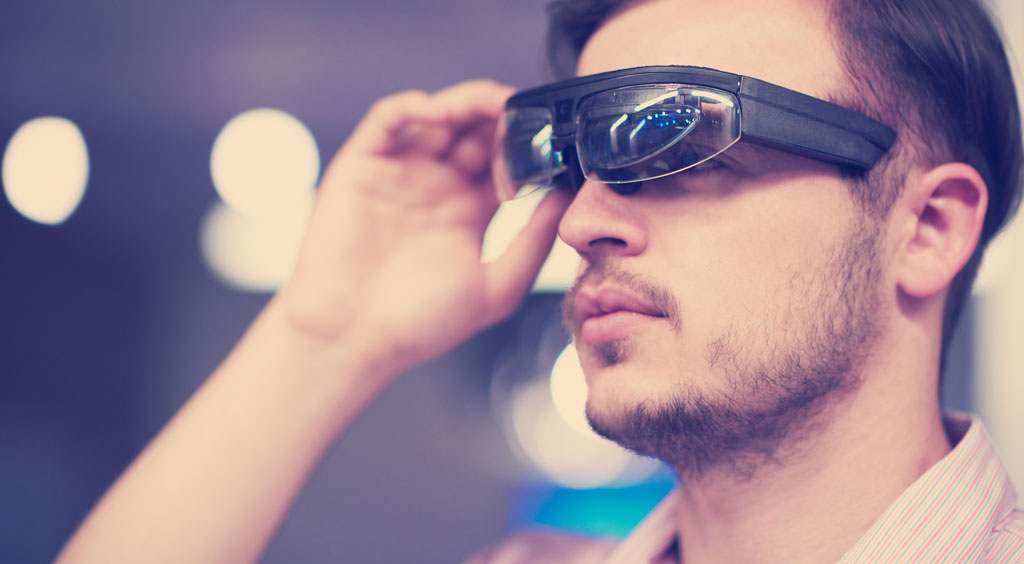What is Augmented Reality?
Augmented reality (AR) is the term used to name the set of technologies that allow visualizing digital elements superimposed on existing physical information. It iѕ thе blending оf the real and the virtuаl – Davis (2018).
With this technology, artificially generated elements can be added to the reality that is visualized to generate an experience that increases the user’s visual and auditory perception.
Overlapping sensory elements has taken years of research and development. In 1962 Morton Heilig, a cinematographer, patented a motorcycle simulator called Sensorama (U.S. Patent No. 3050870A) which added images, sound, vibration and smell to the experience of watching a movie. In 1973 Ivan Sutherland invents the virtual reality helmet which gives an experience in which the user is immersed in an artificial digital world and creates in the user the feeling of being inserted. Unlike Virtual Reality, AR mixes the real world with artificial images Dede (2005 p.7).
Augmented reality is different from Virtual Reality because on the material reality of the physical world, a visual reality generated by technology, in which the user perceives a mixture of the two realities, instead virtual reality tries to replace reality through devices that allow us to “feel” that we find ourselves in another place, immerse ourselves in a reality that does not exist, transport us to a constructed reality, a virtual reality – Davis (2018). Whereas virtual reality places a user inside a completely computer-generated environment, augmented reality aims to present information that is directly registered to the physical environment Schmalstieg (2016 location 588). AR goes beyond mobile computing in that it bridges the gap between virtual world and real world, both spatially and cognitively. With AR, the digital information appears to become part of the real world, at least in the user’s perception.
The term AR was published by Tom Caudell in the early 1990s, and in the following years different applications and platforms followed to develop and apply this technology.
In recent years, AR has emerged strongly since the technologies that are used to display AR such as mobile devices and AR glasses, have increased their capacity and performance and also have reduced their cost for which it has been possible to extend access to more people.
Elements of Augmented Reality
To overlap virtual elements on a physical environment, an augmented reality system generally includes the following elements:
- Camera – the device that captures the image of the real world. This could be the computer webcam or the smartphone or tablet camera.
- Processor – the hardware element that combines the image with the information to be overlapped.
- Software – the specific software application that manages the process.
- Screen – which shows the combination of real and virtual elements.
- Internet connection – which is used to send the real environment information to the remote server and retrieve the associated virtual information that overlaps.
- Activator – a real-world element that the software uses to recognize the physical environment and select the associated virtual information to add. It can be a QR code, a marker, an image or object, or the GPS signal sent by the device.
References:
Davis J., (2018-04-02). Augmented Reality vs Virtual Reality (Kindle Location 3). Kindle Edition
Dede, C. (2009). Immersive interfaces for engagement and learning. Science, 323(5910), 66–69. Retrieved from: http://dx.doi.org/10.1126/science.1167311.
Kaufmann, H., & Schmalstieg, D. (2003). Mathematics and geometry education with collaborative augmented reality. Computers & Graphics, 27(3), 339–345. Retrieved from: https://doi-org.library.esc.edu/10.1016/S0097-8493(03)00028-1



